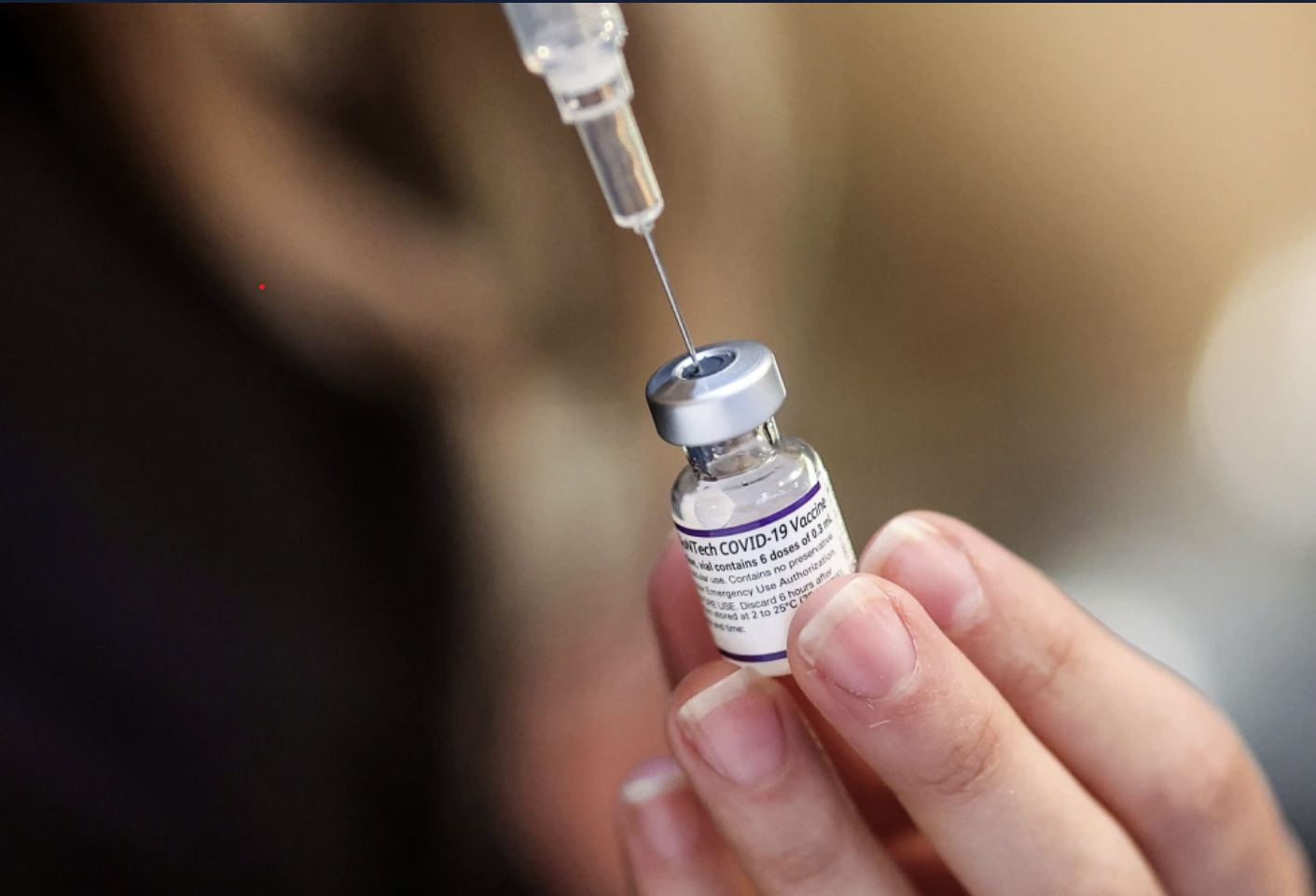Immune response decays over time, and vaccine-induced protection often wanes. Understanding how vaccine efficacy changes over time is critical to guiding the development and application of vaccines in preventing infectious diseases. The objective of this article is to develop statistical methods that assess the effect of decaying immune responses on the risk of disease and on vaccine efficacy, within the context of Cox regression with sparse sampling of immune responses, in a baseline-naive population. We aim to further disentangle the various aspects of the time-varying vaccine effect, whether direct on disease or mediated through immune responses. Based on time-to-event data from a vaccine efficacy trial and sparse sampling of longitudinal immune responses, we propose a weighted estimated induced likelihood approach that models the longitudinal immune response trajectory and the time to event separately. This approach assesses the effects of the decaying immune response, the peak immune response, and/or the waning vaccine effect on the risk of disease. The proposed method is applicable not only to standard randomized trial designs but also to augmented vaccine trial designs that re-vaccinate uninfected placebo recipients at the end of the standard trial period. We conducted simulation studies to evaluate the performance of our method and applied the method to analyze immune correlates from a phase III SARS-CoV-2 vaccine trial.

Exposure proximal immune correlates analysis
by
Tags:
Comments
One response to “Exposure proximal immune correlates analysis”
-
Hi, this is a comment.
To get started with moderating, editing, and deleting comments, please visit the Comments screen in the dashboard.
Commenter avatars come from Gravatar.
Leave a Reply